#CoastalbirdwatchingSuffolk
Explore tagged Tumblr posts
Text
Birdwatching in East Anglia: Exploring the Rich Avian Diversity and Habitats of the UK
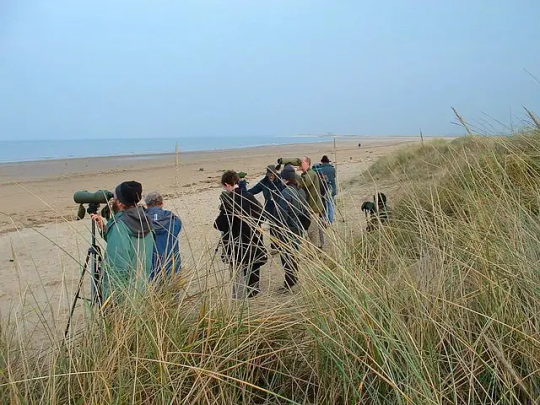
Welcome to the world of bird watching in East Anglia, UK. This region is renowned for its diverse range of bird species and habitats, making it a prime destination for avid bird watchers and nature enthusiasts. East Anglia encompasses the counties of Norfolk, Suffolk, Cambridgeshire, and Essex. It boasts a unique blend of wetland, heathland, woodland and coastal areas that support a wide variety of birds throughout the year. From majestic birds of prey such as the marsh harrier to rare wading birds like the avocet, there is something here for every birding enthusiast.
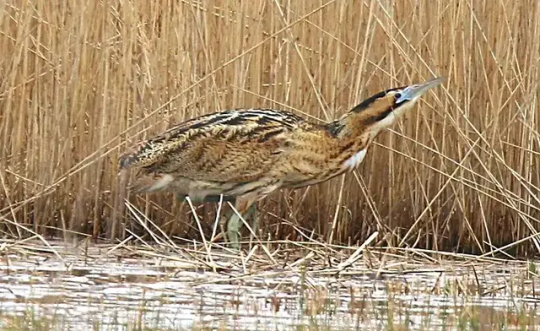
Male Bittern at Secker Hide, NWT Hickling. Photo by Nick Goodrum Photography. Flickr.
When to visit East Anglia
Whether you are an experienced birder or just starting out on your journey into this fascinating hobby, with over 300 species of bird, East Anglia offers plenty to explore and discover and there’s plenty to see whatever the time of year. You can watch winter migrant birds along the coast and the spectacular raptors coming in to roost in the Broads. In the spring, if you get up early, you can hear the dawn chorus in ancient woodlands, and in summer you can observe nesting peregrines on the Norman cathedral right in the heart of Norwich.

Reed Warbler West Canvey Marsh. Photo by Alan Shearman. Flickr.
Inland Habitats in East Anglia
Inland habitats may not always be the first place that comes to mind when thinking about birdwatching, but they are actually home to a surprising variety of avian species. From open fields and grasslands to forests and wetlands, these habitats provide food, shelter, and breeding grounds for many birds. One example of a bird commonly found in inland habitats is the meadowlark. These brightly colored birds are often seen perched on fence posts or soaring over open fields, singing their distinctive songs. Another common resident of inland areas is the red-tailed hawk. These large raptors nest in trees or on cliffs and can often be spotted circling overhead looking for prey.
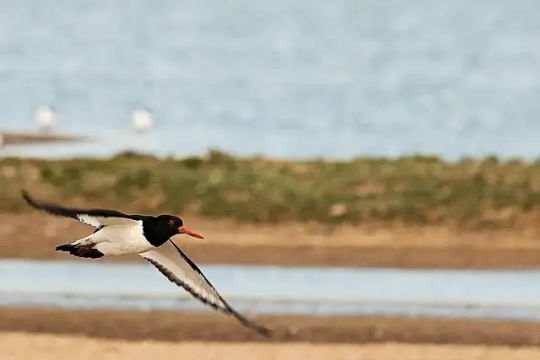
Oystercatcher - RSPB Minsmere. Photo by Airwolfhound. Flickr.
Wetland Habitats
In East Anglia, wetland areas attract avocets and little ringed plovers, both species that love the open islands of young wetlands for breeding. There is suspicion that the beautiful garganey, a migrant duck from Africa, bred in these local wetlands. Winter flocks include wigeon, teal, gadwall, shelduck and great crested grebe, with some of these staying to breed. As the reedbeds grow, reed and sedge warblers begin to move in. You can also find the marsh harrier, bittern and stone curlew in the East Anglia's wetlands alongside birds like kingfishers and geese. Norfolk has a stunning range of bird life, and beautiful nature reserves. Cetti’s warblers sing loudly from rustling reedbeds and moustached bearded tits join the warblers with their pinging call. Norfolk is a birdwatchers’ paradise and a wonderful place for children to begin to learn about their feathered friends. With child-friendly visitor centres and nature reserves, you’ll find all the help and information you need to get started. Wetland environments such as marshes and ponds also attract species such as herons, egrets, ducks, and geese which all rely on these areas for feeding and nesting.
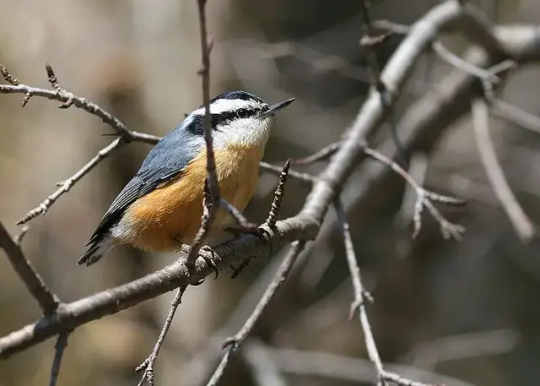
Red-breasted nuthatch. Photo by Matt MacGillivray. Flickr.
Best Birdwatching Spots
East Anglia boasts some of the best birdwatching sites in the UK, attracting both casual and serious birdwatchers from all over the world. If you are planning to visit East Anglia soon, here are some of the many top spots to consider:
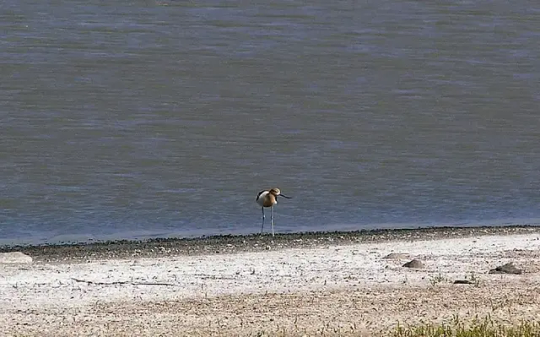
Advocet. Photo by Sipris Swan. Flickr.
Cley Marshes Nature Reserve
One of the most popular places for birdwatching is Cley Marshes Nature Reserve. This reserve is situated on the north coast of Norfolk and stretches across 400 acres of land. It hosts a variety of habitats including reed beds, salt marshes, shingle beaches and freshwater lagoons. These habitats attract different species including avocets, bitterns, marsh harriers and terns.

Pallas's Leaf-Warbler. Photo by Francesco Veronesi. Flickr.
Minsmere RSPB Reserve
Another great location for birdwatching is Minsmere RSPB Reserve which is located on the Suffolk coast near Aldeburgh. One of the most iconic birds in East Anglia is the avocet. These elegant wading birds are easily recognizable by their distinctive upturned bills. They can be found in large numbers at RSPB Minsmere on the Suffolk coast, where they breed during the spring and summer months. Other coastal birds commonly spotted in this region include oystercatchers, redshanks, and dunlins. The widest range of breeding birds in the country call this nature reserve home. If you want to hear the sound of nightingales, come in May, and you can also see the sand martin colony in the old car park.
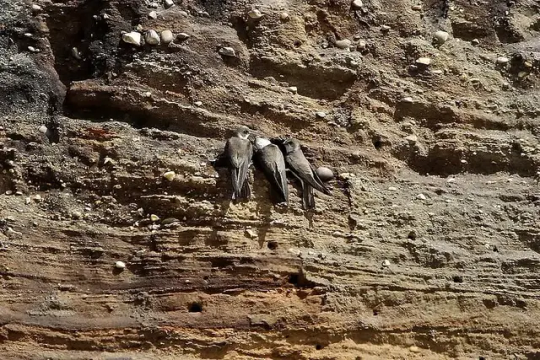
Sand Martins on a cliff face. Photo by Jo Garbutt. Flickr.
Holkham National Nature Reserve
Holkham National Nature Reserve was created in the late 19th century by the 3rd Earl of Leicester who planted pine trees on the dunes, creating a shelter-belt to protect the reclaimed farmland. Today this ribbon of mature woodland still separates the vast expanse of dunes and flat sand from the farmland behind. On the south side of the pine belt the mixture of deciduous trees and bushes provide excellent habitat for yellow browed and pallas’s warbler. It was also the site for Britain’s only red breasted nuthatch, usually found in America. If you visit Holkham on a spring evening you can hear the croaking of natterjacks and at high tide it can be a good place to spot divers, grebes and sea ducks.
Conclusion
East Anglia offers birdwatchers an abundance of opportunities to observe a diverse range of avian species in their natural habitats. From the vast expanses of the Norfolk Broads to the rugged coastline of Suffolk, there is something for everyone. With a little patience and some basic knowledge of bird identification, you can witness everything from rare migrants to resident species that are familiar but no less fascinating. So why not grab your binoculars, head out into the great outdoors, and experience the joy of birdwatching in East Anglia for yourself? You never know what feathered wonders you might discover! Sources: THX News & The Tourist Trail. Read the full article
#AvocetbirdsightingsEastAnglia#BestbirdwatchingspotsUK#BirdidentificationtipsEastAnglia#BirdspeciesinNorfolk#BirdwatchingEastAnglia#BirdwatchinginEssex#CoastalbirdwatchingSuffolk#NorfolkBroadsbirdwatching#RaremigrantsUK#TopbirdinglocationsSuffolk
0 notes